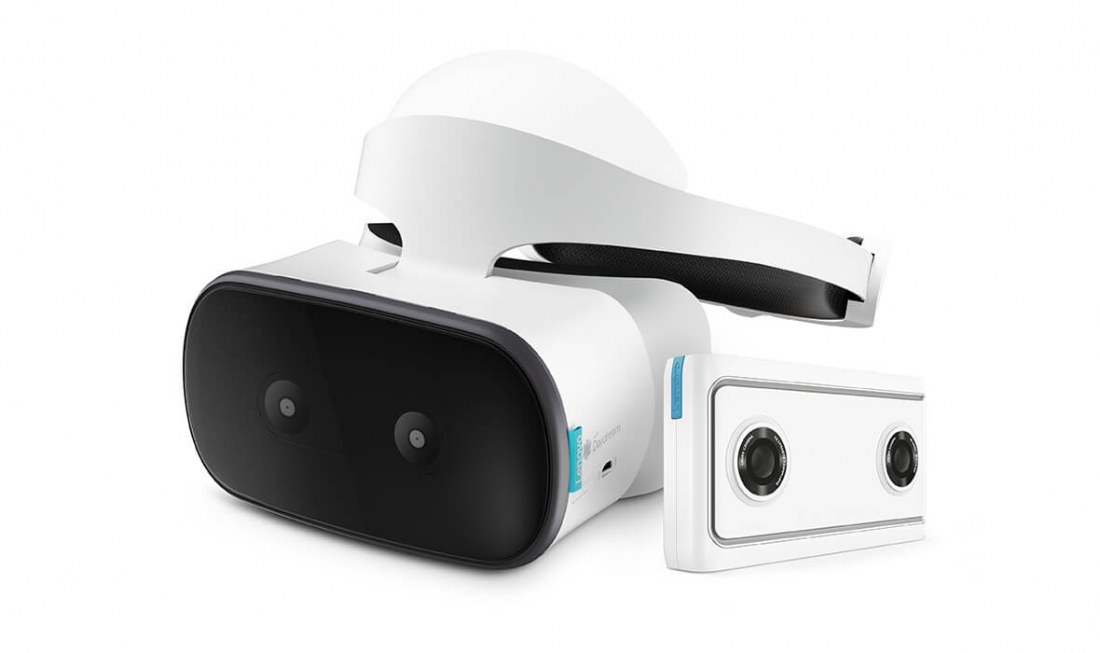The VR industry might not eclipse traditional entertainment mediums like game consoles or television anytime soon but that doesn't mean it isn't growing. Companies like HTC and Oculus drastically slashed the prices of their popular high-end VR headsets a few months back, making them more accessible than ever.
On the low end, Google and Samsung have provided customers with low-cost, phone-powered VR headsets for around $100.
This increased accessibility has led the industry to innovate quite a bit. Standalone VR headsets like the ones in Microsoft's Windows Mixed Reality line-up are an excellent example of this trend. These headsets require no external connections, sensors or devices to function (barring handheld controllers).
As we reported back in January, Lenovo has been working on one such device for some time now. The company said the headset, dubbed the Mirage Solo, would run on Google's Daydream VR platform, making it the first standalone VR product to do so.

Unlike the stationary experience ordinary Daydream headsets offer, the Mirage Solo uses inside-out "Worldsense" sensors to let you move about as you please, similar to a high-end desktop VR kit.
Alongside the Solo, Lenovo announced the Mirage Camera, a device that would be capable of recording 360-degree, stereoscopic VR content.
In March, a B&H listing suggested both of these devices would launch on May 11. However, it seems Lenovo and Google have decided to treat customers to an early release, the headset and camera alike are shipping out today.
If you're interested in trying either of these devices out for yourself, the Mirage Camera will run you about $299, while the Mirage Solo is $399.
